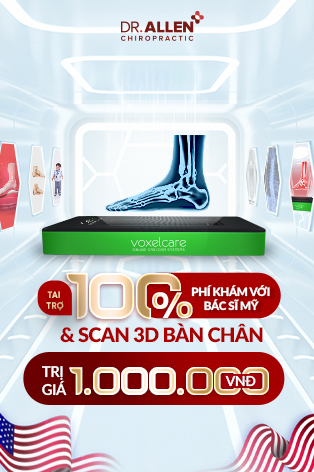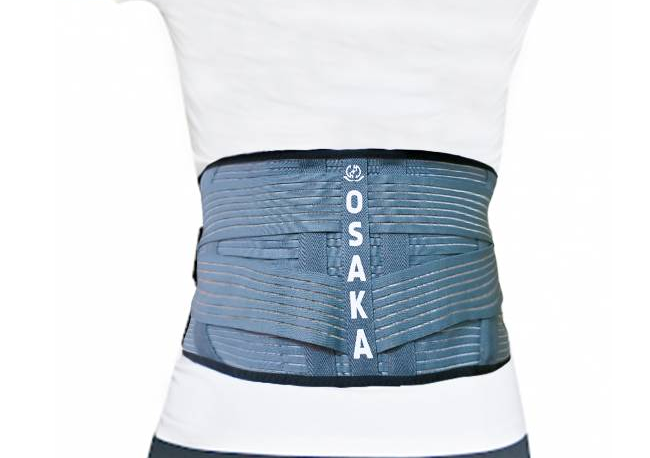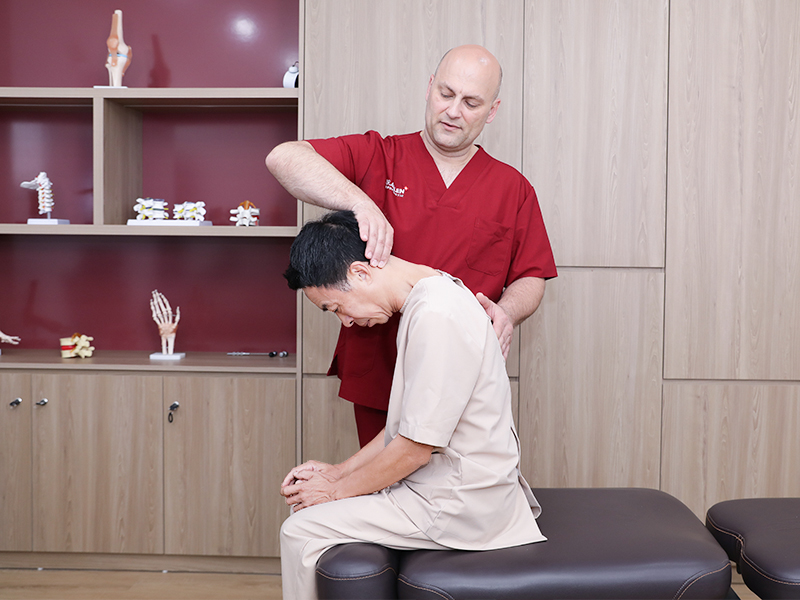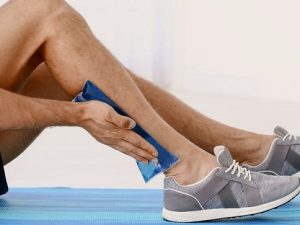Living with a herniated disc can be a daunting experience, but various techniques and tools can help manage the symptoms and enhance your comfort. This blog post will provide insights into effective aids like desk chairs, braces, shoes, and exercise equipment designed to offer relief and support.
Best Desk Chair for a Herniated Disc
Spending long hours at a desk can exacerbate herniated disc symptoms. Therefore, choosing an ergonomic chair can make a significant difference. The best office chair for a herniated disc will have adjustable height, good lumbar support, a reclining feature, and comfortable cushioning to distribute weight evenly. Such chairs promote a good sitting posture, reducing strain on the spine and surrounding muscles.
Lifting Weights with a Herniated Disc
Lifting weights can be beneficial for those with a herniated disc, as long as it is done carefully and correctly. However, exercises like the bench press should be approached cautiously, as incorrect form can put excessive strain on the back.
Consider using a weight lifting belt or a herniated disc support belt when lifting heavy weights. These belts can help stabilize the spine, distribute load evenly, and prevent sudden movements that could lead to injury.
Best Shoes for a Herniated Disc
Footwear plays a crucial role in maintaining spinal alignment, which can significantly affect herniated disc symptoms. The best shoes for a herniated disc will offer good arch support, cushioning, and a comfortable fit. For runners, it’s vital to choose running shoes specifically designed to absorb impact, as the jarring of running can exacerbate disc issues.
KT Tape and Foam Rollers
Kinesiology Therapeutic (KT) tape can provide support and alleviate pain for some individuals with a herniated disc. It works by lifting the skin, which can help reduce pressure and inflammation. However, the effectiveness of KT tape can vary between individuals, and it should not be seen as a long-term solution.
Foam rolling can also be used to relieve muscle tension. While foam rolling directly on a herniated disc is not advised, it can be beneficial for surrounding muscle tightness. However, as with any exercise, it’s essential to use proper technique and avoid movements that cause pain.
Best Bike and Inversion Table for Herniated Disc
Cycling can be an excellent low-impact exercise for those with a herniated disc. Recumbent bikes, in particular, provide good back support and distribute body weight evenly, reducing pressure on the spine.
Inversion tables can also provide relief for some individuals. By hanging upside down or at an angle, you allow gravity to relieve pressure on the spinal discs. While some people find this helpful, it’s crucial to consult with a healthcare professional before using an inversion table, as it is not suitable for everyone and can even be dangerous for those with certain health conditions.
In conclusion, finding the right equipment and using the proper techniques can significantly improve the quality of life for those with a herniated disc. It’s always best to consult with a healthcare provider or physical therapist when trying new equipment or techniques, as they can provide guidance based on your specific condition and needs. Remember, living with a herniated disc may be challenging, but with the right strategies, you can manage your symptoms effectively and continue to enjoy an active, fulfilling lifestyle.
Chiropractic Treatment for Herniated Discs
The approach of chiropractic treatment for herniated discs is typically holistic and patient-centered, aiming to provide relief without surgical intervention or drugs.
Spinal Manipulation: This is the most well-known chiropractic technique, also called chiropractic adjustment. The chiropractor applies a controlled, sudden force to the affected spinal joint, which may help to align the spine, improve spinal function, and alleviate pain. This technique, when done correctly by a professional, is considered safe but should not be performed if certain contraindications exist, like severe osteoporosis or spinal cancer.
Flexion-Distraction Technique: This is a gentle, non-thrust type of spinal manipulation often used for herniated disc treatment. The chiropractor uses a special table that distracts or stretches the spine, and by using a pumping action on the disc instead of direct force, the pressure on the disc can be reduced, leading to pain relief.
Pelvic Blocking Techniques: These methods involve placing cushioned wedges on the sides of the patient’s pelvis, along with gentle stretches. This can help move the disc away from the nerve, reducing inflammation and pain.
Physical Therapy Modalities: Many chiropractors also employ physical therapy techniques, such as ice and heat therapy, electrical stimulation, or ultrasound to reduce inflammation and muscle spasm associated with herniated discs.
Exercises and Lifestyle Modifications: A chiropractor can provide exercises tailored to the patient’s condition, which can help strengthen the spinal muscles and prevent further injury. They may also offer advice on posture and ergonomics to help prevent disc herniation in the future.

